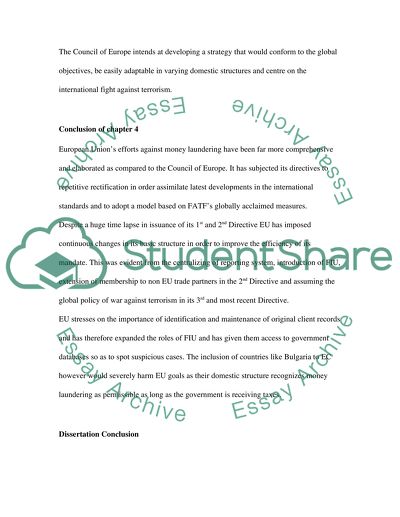Cite this document
(“Money Laundering Essay Example | Topics and Well Written Essays - 3000 words”, n.d.)
Retrieved from https://studentshare.org/politics/1507001-money-laundering
Retrieved from https://studentshare.org/politics/1507001-money-laundering
(Money Laundering Essay Example | Topics and Well Written Essays - 3000 Words)
https://studentshare.org/politics/1507001-money-laundering.
https://studentshare.org/politics/1507001-money-laundering.
“Money Laundering Essay Example | Topics and Well Written Essays - 3000 Words”, n.d. https://studentshare.org/politics/1507001-money-laundering.


